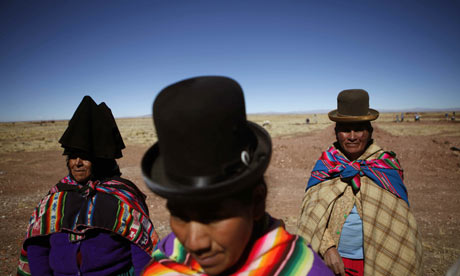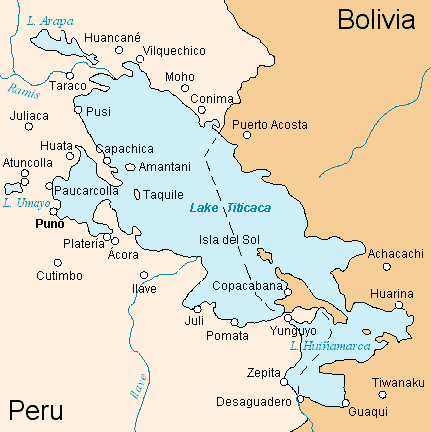One night a week, I have been teaching culinary arts at Montgomery County Community College. They built a really nice culinary school about 5 miles or so away from their main campus. Everything is shiny and new, including the student body. I haven't taught a cooking class in almost 15 years. (wow, is that possible? time moves so quickly) I was a little rusty on the first class, pretty much because I didn't know the ins and outs of this program. Things have changed so much since last I taught. No more file folders crammed with outlines, pictures, and notes to copy and hand out to students. Nowadays, everything is on a teaching tool called "Blackboard." As a teacher, you can post the syllabus, announcements, tests, quizzes, homework, etc. The students can do their homework assignments, take quizzes, blog, do a journal, access the textbook..everything is at their fingertips. They still get a textbook, which comes with a website and a code by which they can see and print anything they want, like the recipes for the day's class.
No more chalkboards, or overhead projectors. There's a magical thing called a "smartboard". You project what you want to show from the computer onto the board, then you can actually interact with it by just touching the board, just like a touchscreen phone or iPad. It is really cool.
Oh boy, what kind of looks do you think I'd get if I told my students about how it was an honor to get to stay after class and "clap the erasers" out the window in elementary school...
My students vary in age from mid 20's to mid 30's. They all have different skill levels at this point, but are all pretty motivated to learn. I had forgotten how overwhelming all of this information can be to someone who hasn't been immersed in it for 30+ years. I learned most of what I know on the job when I first started out. I was extremely lucky to have had a mentor named Valerie Erwin to teach me. Val could be blunt, a little harsh, but had a big heart and a lot of knowledge to share. She taught me how to butcher meats, knife skills, garde manger, and line cooking. I learned the basics of sauce making from her, too. And then....well, let's just say, repetition is an excellent teacher.
I had the opportunity to refine my skills in France at culinary school. Many of the students there were just beginning, but I had been working for over 5 years already, and at the time I went, was working in a French Bistro, making stocks, sauces, charcuterie, and butchering. Because I was ahead of the game, I let the others do the basic work, and I attempted the things I hadn't done yet. It was a great experience.
Yep, I drifted off again. Sorry. Enough about me, this is about my students.
The class I am teaching is called "Advanced Culinary Skills". Not sure why, but it is. It's still pretty basic stuff. The whole semester is devoted to the preparation and cooking of different meats, game, poultry and fish, with a brief foray into eggs at the end. We have spent the past 4 weeks on meat; beef, pork, veal and lamb. I do most of the butchering, showing them how to break down the different cuts, then we go over the recipes and they split into groups and make them. Sounds simple, huh? I have to keep reminding myself that a) these are rookies, b) this is the first time they are seeing recipes like this, and c) they are not thinking like chefs yet (meaning, their organizational skills)
I walk around to each of the groups and spout my pearls of wisdom, helping where needed. Then, finally, there is turnout, where each group presents their dishes. If it is one recipe they have cooked, I ask for two different presentations, but most often, I have given them two different things. One is a recipe from the book and the other is their own creativity. I want to see what is brewing in their heads. We present on a large table and look at each dish together. We discuss how it was cooked and the visual appeal of the dish. Then we try them all. They are getting much better at everything, so I guess I'm doing my job.


Before we hit the kitchens, though, we have an hour in the classroom with the aforementioned smartboard. I pull up the recipes and some videos of technique, but most often, I go off on a tangent. Well, it's not a tangent as much as it is simply "off script." Anyone can teach straight from a textbook. Being a chef isn't just about making recipes and learning how to carve a chunk of meat. I truly believe that, as a foodservice professional in this day and age, you have a responsibility to yourself, your clientele, and the world, to understand where the food you are preparing comes from. Let me say that in capital letters:
PEOPLE SHOULD KNOW WHERE THEIR FOOD COMES FROM, HOW IT IS RAISED, GROWN, HARVESTED, PROCESSED, PACKAGED AND OTHERWISE HANDLED FROM BEGINNING TO END.
And they should have an opinion about it, whether or not they choose to share it. Anyone who has spent any time with me knows that I can't keep quiet about it. Most of my lectures are about the meat industry, the huge agrifarms where animals are basically stuffed full of corn and antibiotics, tortured and mishandled, and then end up in plastic sealed Styrofoam trays under fluorescent light to look all yummy for the consumer. I'm pretty sure no one in my class will eat veal again, after they learned how they were raised..
I'm not going to keep preaching here. Go buy "The Omnivore's Dilemma" by Michael Pollin.
The point of this whole thing was to talk about how much I enjoy giving back-teaching, mentoring, enlightening and otherwise entertaining my students, my employees, my friends who will listen. And you, who choose to read my blog. I appreciate it! I am starting a new job in a few weeks, where I will be out of the kitchen and on the road, as a executive chef for the school division of the company for which I work. I will have much more time to be on the computer, so I look forward to having the chance to blog MUCH more often. Until then, stay warm, eat well, and think good thoughts.





